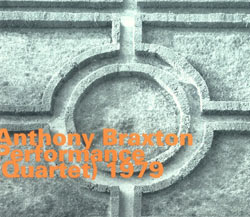
Anthony Braxton's and Ray Anderson's short-lived 1979 quartet interpreting seven of Braxton's compositions with amazing results.
In Stock
Quantity in Basket: None
Log In to use our Wish List
Shipping Weight: 4.00 units
EU & UK Customers:
Discogs.com can handle your VAT payments
So please order through Discogs
Anthony Braxton-alto, Bb, Eb soprano saxophones, clarinet, contrabass clarinet
Ray Anderson-trombone, alto saxophone, little instruments
John Lindberg-doublebass
Thurman Barker-percussion, xylophone, gongs
Click an artist name above to see in-stock items for that artist.
UPC: 752156061021
Label: Hatology
Catalog ID: Hatology610
Squidco Product Code: 8872
Format: CD
Condition: New
Released: 2007
Country: Switzerland
Packaging: Cardstock foldover
Recorded live at Jazz Festival Wilisau '79 on Saturday, September 1st, 1979 by Peter Pfister. Originally released as a 2 LP set as hatHUT 2R 19
Anthony Braxton's and Ray Anderson's 1979 quartet interpreting seven of Braxton's compositions with remarkable results. "The great advantage of having complete live concerts on record is that we can hear also those intriguing spaces between the compositions: the improvisations which take the group from point A to point B are also the areas in which some of Braxton's most radical notions have first been voiced. As we shall see, Performance (Quartet) 1979 is of particular interest in this regard."-Graham Lock, from the back cover
Artist Biographies
• Show Bio for Anthony Braxton [Anthony Braxton (born June 4, 1945) is an American composer and instrumentalist.] "Genius is a rare commodity in any art form, but at the end of the 20th century it seemed all but non-existent in jazz, a music that had ceased looking ahead and begun swallowing its tail. If it seemed like the music had run out of ideas, it might be because Anthony Braxton covered just about every conceivable area of creativity during the course of his extraordinary career. The multi-reedist/composer might very well be jazz's last bona fide genius. Braxton began with jazz's essential rhythmic and textural elements, combining them with all manner of experimental compositional techniques, from graphic and non-specific notation to serialism and multimedia. Even at the peak of his renown in the mid- to late '70s, Braxton was a controversial figure amongst musicians and critics. His self-invented (yet heavily theoretical) approach to playing and composing jazz seemed to have as much in common with late 20th century classical music as it did jazz, and therefore alienated those who considered jazz at a full remove from European idioms. Although Braxton exhibited a genuine -- if highly idiosyncratic -- ability to play older forms (influenced especially by saxophonists Warne Marsh, John Coltrane, Paul Desmond, and Eric Dolphy), he was never really accepted by the jazz establishment, due to his manifest infatuation with the practices of such non-jazz artists as John Cage and Karlheinz Stockhausen. Many of the mainstream's most popular musicians (Wynton Marsalis among them) insisted that Braxton's music was not jazz at all. Whatever one calls it, however, there is no questioning the originality of his vision; Anthony Braxton created music of enormous sophistication and passion that was unlike anything else that had come before it. Braxton was able to fuse jazz's visceral components with contemporary classical music's formal and harmonic methods in an utterly unselfconscious -- and therefore convincing -- way. The best of his work is on a level with any art music of the late 20th century, jazz or classical. Braxton began playing music as a teenager in Chicago, developing an early interest in both jazz and classical musics. He attended the Chicago School of Music from 1959-1963, then Roosevelt University, where he studied philosophy and composition. During this time, he became acquainted with many of his future collaborators, including saxophonists Joseph Jarman and Roscoe Mitchell. Braxton entered the service and played saxophone in an Army band; for a time he was stationed in Korea. Upon his discharge in 1966, he returned to Chicago where he joined the nascent Association for the Advancement of Creative Musicians (AACM). The next year, he formed an influential free jazz trio, the Creative Construction Company, with violinist Leroy Jenkins and trumpeter Leo Smith. In 1968, he recorded For Alto, the first-ever recording for solo saxophone. Braxton lived in Paris for a short while beginning in 1969, where he played with a rhythm section comprised of bassist Dave Holland, pianist Chick Corea, and drummer Barry Altschul. Called Circle, the group stayed together for about a year before disbanding (Holland and Altschul would continue to play in Braxton-led groups for the next several years). Braxton moved to New York in 1970. The '70s saw his star rise (in a manner of speaking); he recorded a number of ambitious albums for the major label Arista and performing in various contexts. Braxton maintained a quartet with Altschul, Holland, and a brass player (either trumpeter Kenny Wheeler or trombonist George Lewis) for most of the '70s. During the decade, he also performed with the Italian free improvisation group Musica Elettronica Viva, and guitarist Derek Bailey, as well as his colleagues in AACM. The '80s saw Braxton lose his major-label deal, yet he continued to record and issue albums on independent labels at a dizzying pace. He recorded a memorable series of duets with bop pioneer Max Roach, and made records of standards with pianists Tete Montoliu and Hank Jones. Braxton's steadiest vehicle in the '80s and '90s -- and what is often considered his best group -- was his quartet with pianist Marilyn Crispell, bassist Mark Dresser, and drummer Gerry Hemingway. In 1985, he began teaching at Mills College in California; he subsequently joined the music faculty at Wesleyan University in Connecticut, where he taught through the '90s. During that decade, he received a large grant from the MacArthur Foundation that allowed him to finance some large-scale projects he'd long envisioned, including an opera. At the beginning of the 21st century, Braxton was still a vital presence on the creative music scene." ^ Hide Bio for Anthony Braxton • Show Bio for Ray Anderson "Ray Anderson has been continually noted as a contributor to the legacy of the slide trombone since his emergence in the 1970's, having won numerous Down Beat Critics Polls. He has shown remarkable musical range on the slide trombone and as a result reawakened interest in the instrument's expressive possibilities and sonic scope. He has led or co-led and composed for a daunting assortment of projects including tradition-minded ensembles, experimental groups, big bands, blues and funk projects and even a trombone quartet. He has performed and recorded with Anthony Braxton, David Murray, Charlie Haden's Liberation Music Orchestra, Dr. John, the George Gruntz Concert Jazz Band, Luther Allison, Bennie Wallace, Henry Threadgill, John Scofield, Roscoe Mitchell, the New York Composers Orchestra, Sam Rivers' Rivbea Orchestra and countless others. Anderson is a gifted teacher and has been the Director of Jazz Studies at Stony Brook University since 2003. Anderson has received grants from the National Endowment for the Arts, the Fund for U.S. Artists at International Festivals, the Oberon Foundation and Chamber Music America. In 2001 he became a John S. Guggenheim Fellow." ^ Hide Bio for Ray Anderson • Show Bio for John Lindberg "John Lindberg commenced his full-time professional career at age sixteen, allowing for total immersion into his work as a performer/composer, subsequently being mentored by the late great bassist David Izenzon. The first public performances of his ensemble compositions began in 1975, and in 1980 he recorded his first album focused on his original music, a collection of works for solo double bass, Comin' & Goin'. Over the last forty-one years he has traveled the globe performing thousands of concerts of creative music, in thirty-six countries on five continents. He has released myriad albums - over one hundred - that spotlight his original compositions for a variety of jazz ensembles, and feature his singularly identifiable bass playing. His extended works for chamber ensembles combined with improvising artists have been widely commissioned, including works for The Pittsburgh New Music Ensemble, New York Chamber Ensemble, and Neues Kolner Streichquartett. His catalogue contains over one hundred and fifty published works. He is renowned as an ensemble leader, a collaborator in special duet settings, a solo double bass performer, and as co-founder of the String Trio of New York with Billy Bang and James Emery. He has worked with a plethora of luminary creative artists, including: Albert Mangelsdorff, Ed Thigpen, Eric Watson, Louis Sclavis, Human Arts Ensemble, Frank Lowe, Wadada Leo Smith, Susie Ibarra, Karl Berger, Anthony Braxton, Andrew Cyrille, Dave Douglas, John Carter, Henry Threadgill, Jack DeJohnette, Regina Carter, Jimmy Lyons, Sunny Murray, Roswell Rudd, Mary Redhouse, Pablo Calogero, Joe LaBarbera, Wendell Harrison, and Kevin Norton. His work as a producer of numerous recordings, and of powerful cross-genre projects - such as JazzHopRevolution and BLOB - is well established, as is his ongoing work as an educator with a distinctly unique message. Awards and fellowships in support of his work include those from New Music USA, National Endowment for the Arts, New York Foundation for the Arts, Chamber Music America, ASCAP, Arts International, Aaron Copland Fund for Music, Cary Charitable Trust, New York State Council on the Arts, Mid Atlantic Arts Foundation, Meet The Composer, and a Diploma de Honor from Gobernacion Cordillera, Chile. Of late, John's disparate extra-musical activities - which include a stint as a community rescue squad ambulance driver, serving as general contractor for a cabin built with carpenter friends in South Dakota, and being engaged as an observational naturalist - have significantly informed his work as a composer and musician. Released in September, 2016, on Clean Feed Records, are two new albums:John Lindberg BC3, Born in an Urban Ruin and John Lindberg Raptor Trio, Western Edges. Other recent recordings that feature his compositions include the duet with Wadada Leo Smith, Celestial Weather, the duet with cellist Anil Eraslan, Juggling Kukla (released as a limited edition of 300 vinyl LPs), and John Lindberg's TriPolar, [a]live at Roulette, NYC." ^ Hide Bio for John Lindberg • Show Bio for Thurman Barker "Thurman Barker (born January 8, 1948, Chicago, Illinois) is an American jazz drummer. Barker's first professional experience was at age sixteen with Mighty Joe Young. Barker took his bachelor's at Empire State College, then studied at the American Conservatory of Music under Harold Jones and at Roosevelt University under Edward Parimba. He next served as an accompanist for Billy Eckstine, Bette Midler, and Marvin Gaye. He was house percussionist at the Schubert Theater in Chicago in the 1960s. In 1968 he joined Joseph Jarman's first ensemble, and soon after became a member of the AACM in its early days. Aside from Jarman, he played in the late 1960s and 1970s with Muhal Richard Abrams, Pheeroan akLaff, Anthony Braxton, Billy Bang, Henry Threadgill, and Kalaparusha Maurice McIntyre. He recorded and toured again with Braxton in 1978-80 and with Sam Rivers in 1979Š80. In 1985 he played in a trio with Jarman and Rivers, and in 1987 he played marimba with Cecil Taylor. In the 1990s, Barker concentrated more on composition. His 1994 work Dialogue was premiered at the Merkin Concert Hall in New York City. He composed Expansions (1999) and Time Factor (2000) for the Woodstock Chamber Orchestra. Since 1993 he has been an associate professor at Bard College. In 1999 he was guest professor at the University of St. Petersburg." ^ Hide Bio for Thurman Barker
12/3/2025
Have a better biography or biography source? Please Contact Us so that we can update this biography.
12/3/2025
Have a better biography or biography source? Please Contact Us so that we can update this biography.
12/3/2025
Have a better biography or biography source? Please Contact Us so that we can update this biography.
12/3/2025
Have a better biography or biography source? Please Contact Us so that we can update this biography.
Track Listing:
1. Part I 36:47
2. Part II 34:26
Hat Art
Improvised Music
Jazz
Anthony Braxton
October 2007
Search for other titles on the label:
Hatology.


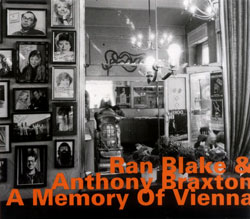
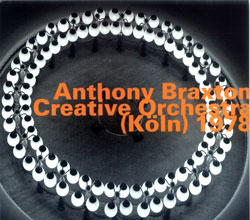
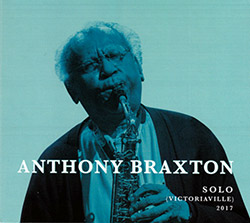
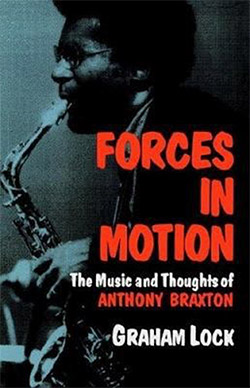

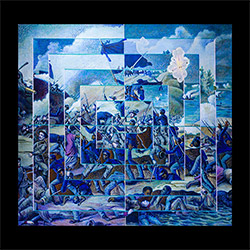
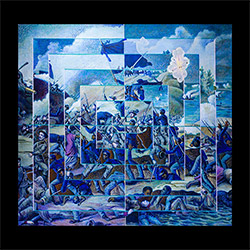
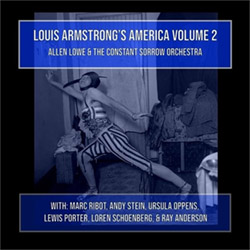
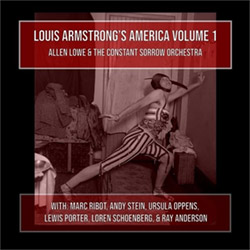
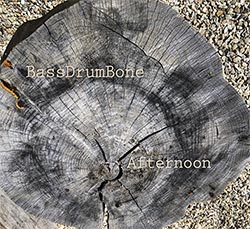

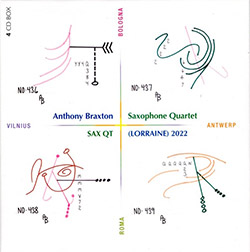

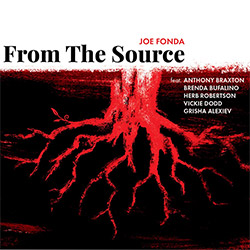
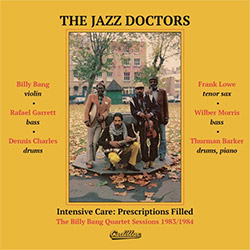
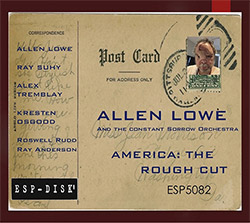
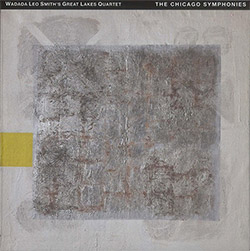
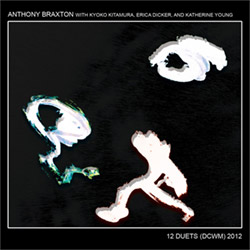
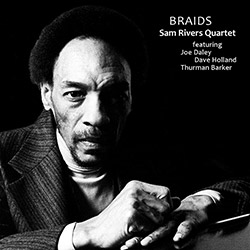
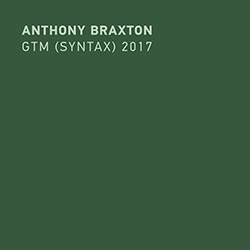
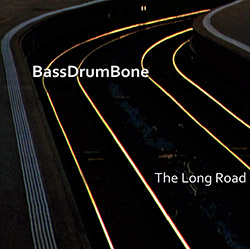
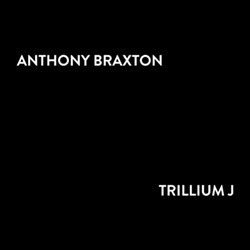



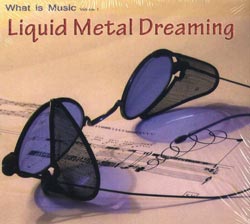

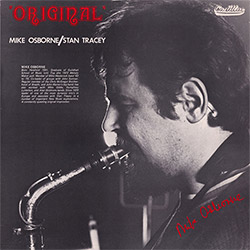
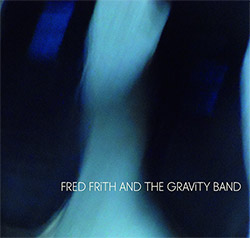
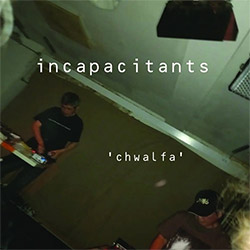
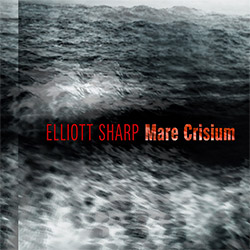
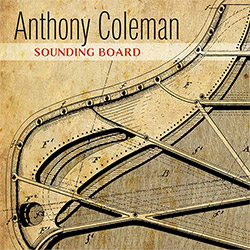
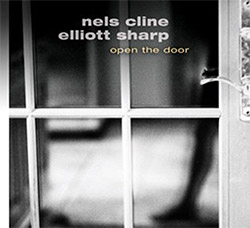
![[ahmed] (Thomas / Grip / Gerbal / Wright): Sama](https://www.teuthida.com/productImages/misc4/36976.jpg)
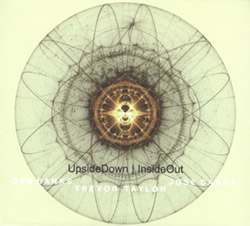
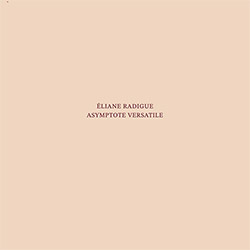
![Mateen, Sabir / Patrick Holmes / Federico Ughi : Survival Situation [LTD VINYL LP + DOWNLOAD]](https://www.teuthida.com/productImages/misc4/29891.jpg)
![Tucker, Dave / Pat Thomas / Thurston Moore / Mark Sanders: Educated Guess Vol. 1 [COLORED VINYL]](https://www.teuthida.com/productImages/misc4/30183.jpg)
![Sarian, Michael / Matthew Putman: A Lifeboat (Part I) [COLORED VINYL]](https://www.teuthida.com/productImages/misc4/30426.jpg)
![Hprizm: Signs Remixed [COLORED VINYL]](https://www.teuthida.com/productImages/misc4/30635.jpg)
![Carter, Daniel / Tobias Wilner / Djibril Toure / Federico Ughi: New York United Volume 2 [COLOR VINYL]](https://www.teuthida.com/productImages/misc4/30665.jpg)
![Mela, Francisco feat. Matthew Shipp / William Parker: Music Frees Our Souls, Vol. 1 [BLUE VINYL]](https://www.teuthida.com/productImages/misc4/30999.jpg)
![Heroes Are Gang Leaders: LeAutoRoiOgraphy [COLORED VINYL]](https://www.teuthida.com/productImages/misc4/32253.jpg)
![Carter, Daniel / Matthew Shipp / William Parker / Gerald Cleaver: Welcome Adventure! Vol. 2 [COLOR VINYL]](https://www.teuthida.com/productImages/misc4/32385.jpg)
![Carter, Daniel / Evan Strauss / 5-Track / Sheridan Riley: The Uproar In Bursts Of Sound And Silence [COLORED VINYL]](https://www.teuthida.com/productImages/misc4/32515.jpg)
![Ackerley, Jessica / Patrick Shiroishi / Chris Williams / Luke Stewart / Jason Nazary: SSWAN: Invisibility is an Unnatural Disaster [COLORED VINYL]](https://www.teuthida.com/productImages/misc4/32586.jpg)
![Mela, Francisco feat. Cooper-Moore / William Parker: Music Frees Our Souls, Vol. 2 [COLORED VINYL]](https://www.teuthida.com/productImages/misc4/32735.jpg)
![Coultrain: Mundus [COLORED VINYL]](https://www.teuthida.com/productImages/misc4/33056.jpg)
![Amba, Zoh / William Parker / Francisco Mela: O Life, O Light Vol. 2 [COLOR VINYL]](https://www.teuthida.com/productImages/misc4/33059.jpg)
![Cleaver, Gerald / Brandon Lopez / Hprizm: In The Wilderness [COLOR VINYL]](https://www.teuthida.com/productImages/misc4/33060.jpg)
![Dikeman, John / Pat Thomas / John Edwards / Steve Noble: Volume 1 [COLORED VINYL]](https://www.teuthida.com/productImages/misc4/33099.jpg)
![Dikeman, John / Pat Thomas / John Edwards / Steve Noble: Volume 2 [COLOR VINYL]](https://www.teuthida.com/productImages/misc4/33184.jpg)
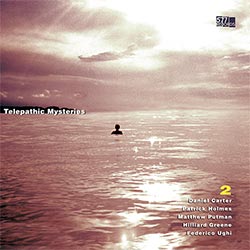
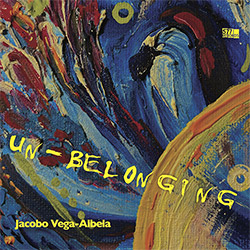
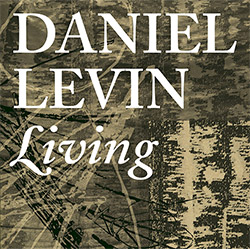
![McPhee, Joe : Defiant Jazz: a Joe McPhee Taster [VINYL]](https://www.teuthida.com/productImages/misc4/36859.jpg)
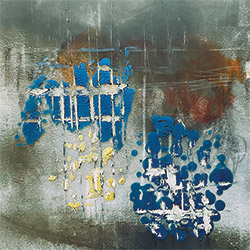
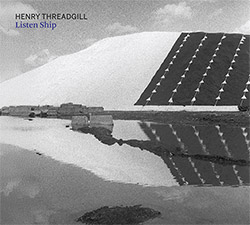
![Threadgill, Henry (Ross / Frisell / Besile-Che / Okazaki / Harris / Takeishi / Keren / Carlberg): Listen Ship [VINYL]](https://www.teuthida.com/productImages/misc4/36743.jpg)
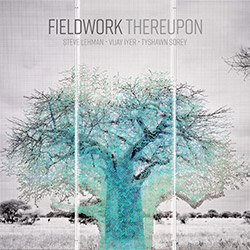
![Fieldwork (Iyer / Lehman / Sorey): Thereupon [VINYL]](https://www.teuthida.com/productImages/misc4/36745.jpg)
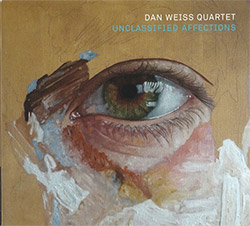
![Weiss, Dan (w/ Evans / Okazaki / Brennan): Unclassified Affections [VINYL 2 LPs]](https://www.teuthida.com/productImages/misc4/36747.jpg)
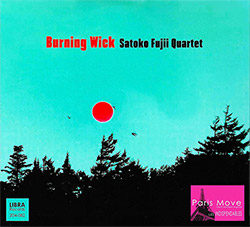
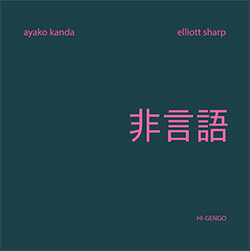
![Armaroli / Piccolo / Sharp: Imaginary Songbook [2 CDs]](https://www.teuthida.com/productImages/misc4/36415.jpg)
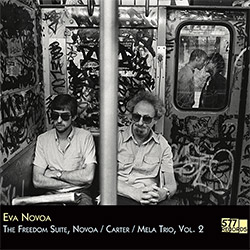
![Novoa, Eva Trio (w/ Carter / Mela): The Freedom Suite, Vol. 2 [VINYL]](https://www.teuthida.com/productImages/misc4/36624.jpg)
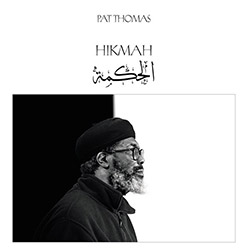
![Thomas, Pat: Hikmah [VINYL w/ DOWNLOAD]](https://www.teuthida.com/productImages/misc4/36930.jpg)
![Torchia, Gene / John Stowell: Duo [2 CDs]](https://www.teuthida.com/productImages/misc4/36943.jpg)

![Genthon, Anouck / Lionel Marchetti: Suite Blanche [2 CDs]](https://www.teuthida.com/productImages/misc4/36642.jpg)
![Toeplitz, Kasper T.: Erosions Programmees [CD + BOOKLET]](https://www.teuthida.com/productImages/misc4/36639.jpg)
![Gate, The : Amost Live [CASSETTE + MAGAZINE]](https://www.teuthida.com/productImages/misc4/36836.jpg)
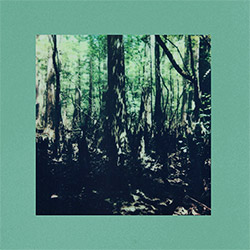

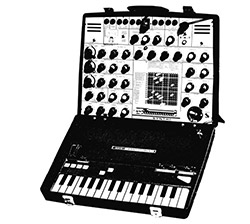
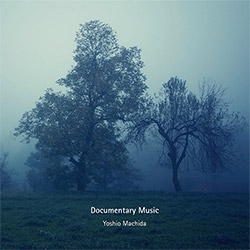
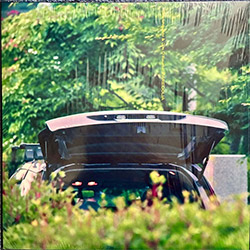
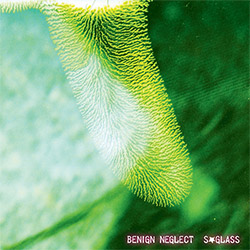
![A Magic Whistle: The Solar Cell [VINYL]](https://www.teuthida.com/productImages/misc4/36658.jpg)
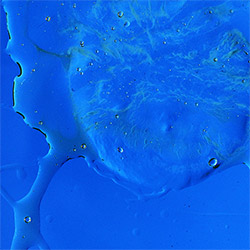
![McGee, Hal: Columbus Expedition [Cassette w/ Download]](https://www.teuthida.com/productImages/misc4/36650.jpg)
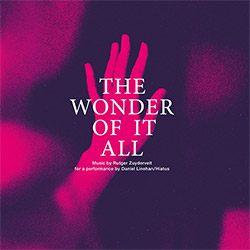

![Jaeger, Kassel: Fernweh [VINYL 2 LPs]](https://www.teuthida.com/productImages/misc4/36541.jpg)
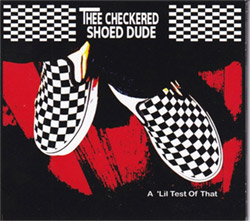
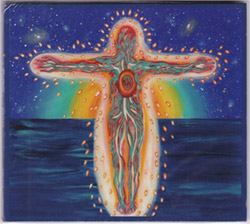
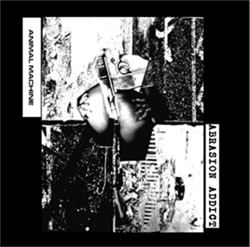
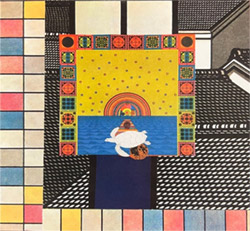
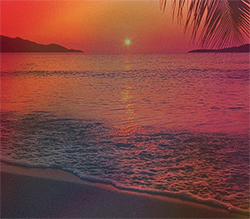
![+DOG+: The Light Of Our Lives [2 CDs]](https://www.teuthida.com/productImages/misc4/36009.jpg)
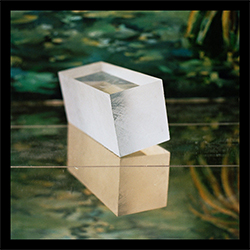
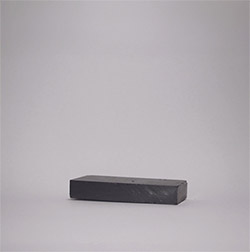
![Eternities: Rides Again [CASSETTE]](https://www.teuthida.com/productImages/misc4/36247.jpg)
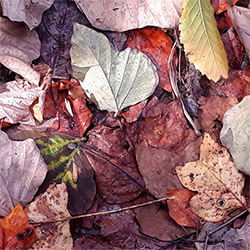
![Lopez, Francisco: Untitled (2021-2022) [2 CDs]](https://www.teuthida.com/productImages/misc4/36438.jpg)

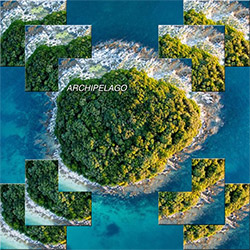
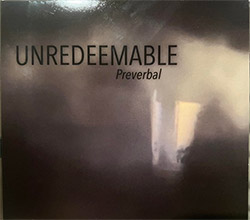
![Pisaro-Liu, Michael: Within (2) / Appearance (2) [2 CDs]](https://www.teuthida.com/productImages/misc4/36831.jpg)
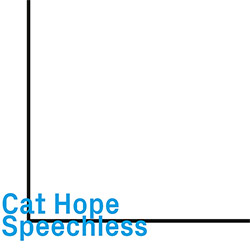
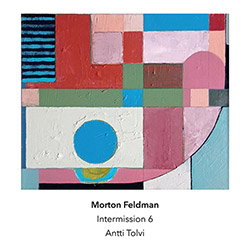
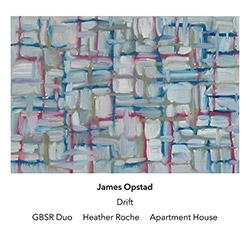
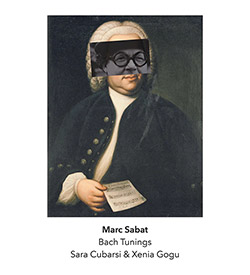
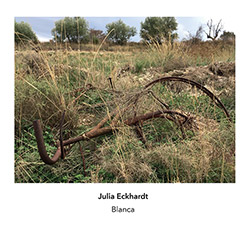
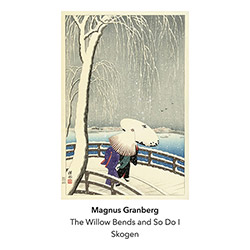
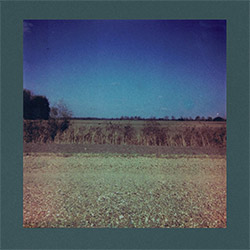
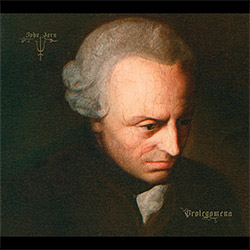
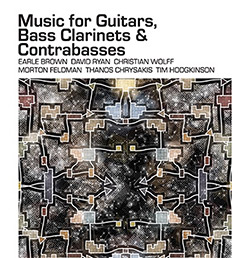

![Musicworks Magazine: #151 Summer 25 [MAGAZINE + CD]](https://www.teuthida.com/productImages/misc4/36559.jpg)
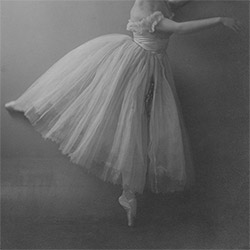
![Brown, Dan / Dan Reynolds: Live At The Grange Hall [unauthorized][CASSETTE]](https://www.teuthida.com/productImages/misc4/36245.jpg)
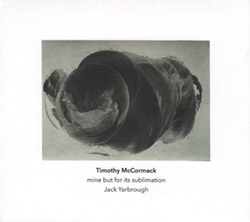
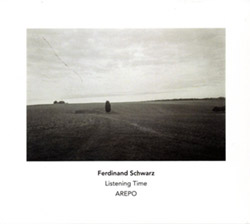
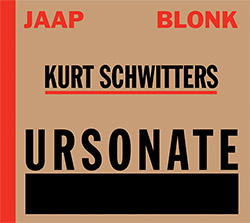
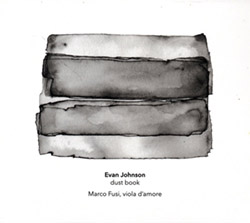
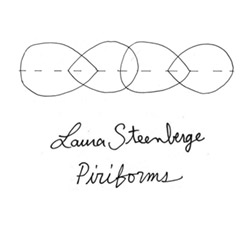
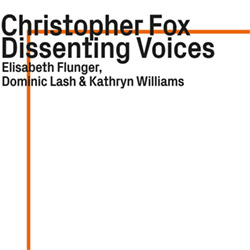
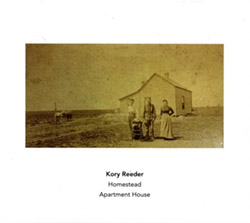
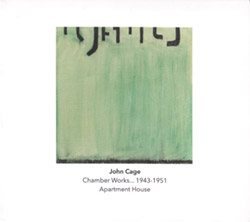
![Palestine, Charlemagne / Seppe Gebruers: Beyondddddd The Notessssss [VINYL]](https://www.teuthida.com/productImages/misc4/36206.jpg)
![Palestine, Charlemagne / Seppe Gebruers: Beyondddddd The Notessssss [NEON GREEN VINYL]](https://www.teuthida.com/productImages/misc4/36207.jpg)
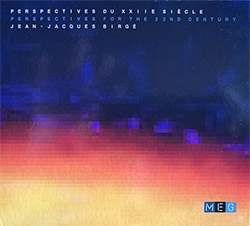
![Laubrock, Ingrid: Purposing The Air [2 CDs]](https://www.teuthida.com/productImages/misc4/35639.jpg)
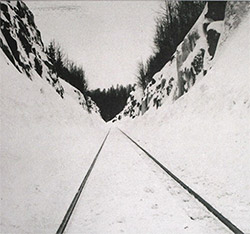
![Halls Of the Machine: All Tribal Dignitaries [CASSETTE w/ DOWNLOAD]](https://www.teuthida.com/productImages/misc4/36134.jpg)
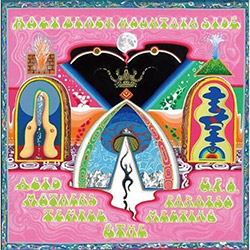
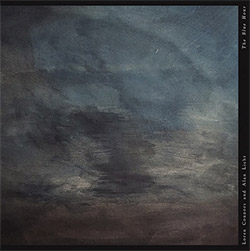
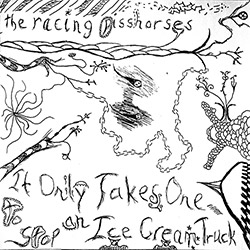
![Koenjihyakkei: Live at Club Goodman [2 CDs]](https://www.teuthida.com/productImages/misc4/36111.jpg)
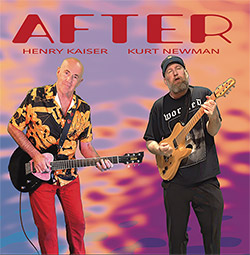
![Sorry For Laughing (G. Whitlow / M. Bates / Dave-Id / E. Ka-Spel): Rain Flowers [2 CDS]](https://www.teuthida.com/productImages/misc4/35985.jpg)
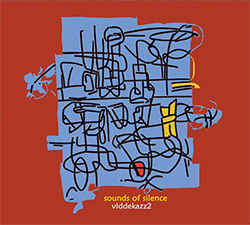
![Rolando, Tommaso / Andy Moor : Biscotti [CASSETTE w/ DOWNLOADS]](https://www.teuthida.com/productImages/misc4/36106.jpg)
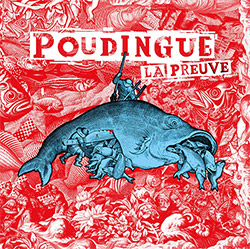
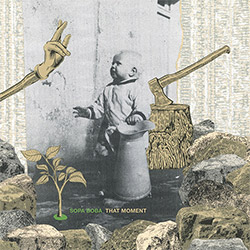
![Electric Bird Noise / Derek Roddy: 8-10-22 [CD EP]](https://www.teuthida.com/productImages/misc4/35970.jpg)
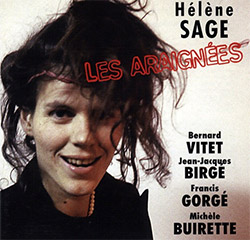
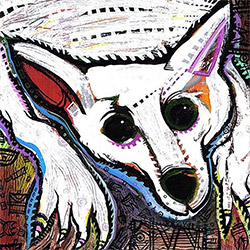
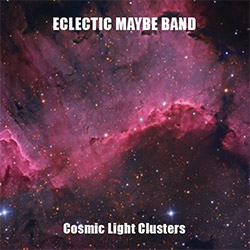
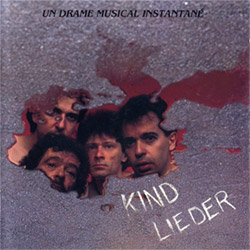
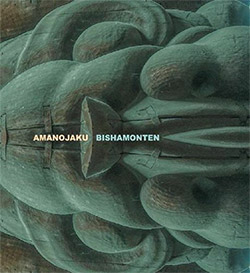
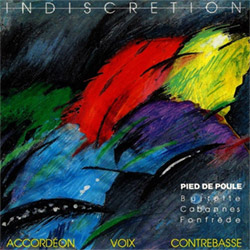
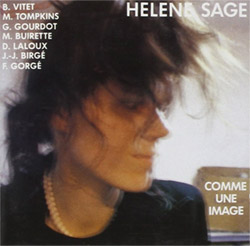

![Elephant9 : Mythical River [VINYL]](https://www.teuthida.com/productImages/misc4/34624.jpg)
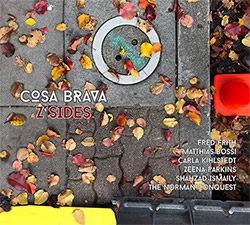
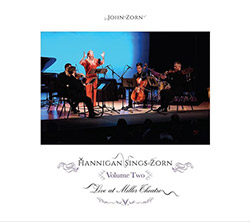

![Elephant9 with Terje Rypdal: Catching Fire [VINYL 2 LPs]](https://www.teuthida.com/productImages/misc4/35355.jpg)
![Deerlady (Obomsawin, Mali / Magdalena Abrego): Greatest Hits [VINYL]](https://www.teuthida.com/productImages/misc4/34876.jpg)
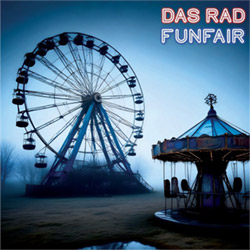
![Coley, Byron: Dating Tips for Touring Bands [VINYL]](https://www.teuthida.com/productImages/misc4/17906.jpg)
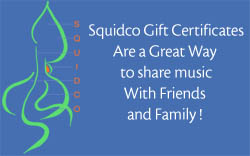
![Lost Kisses: My Life is Sad & Funny [DVD]](https://www.teuthida.com/productImages/misc4/lostKissesDVD.jpg)